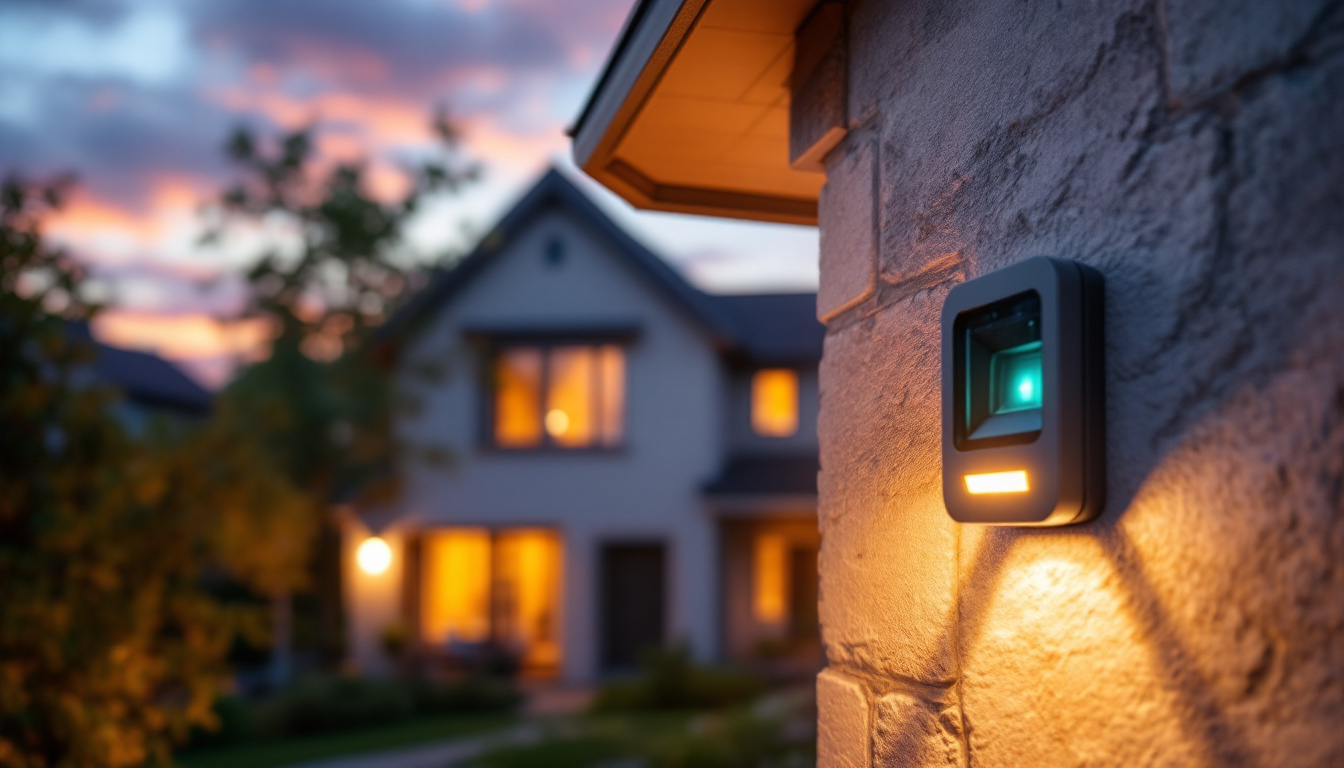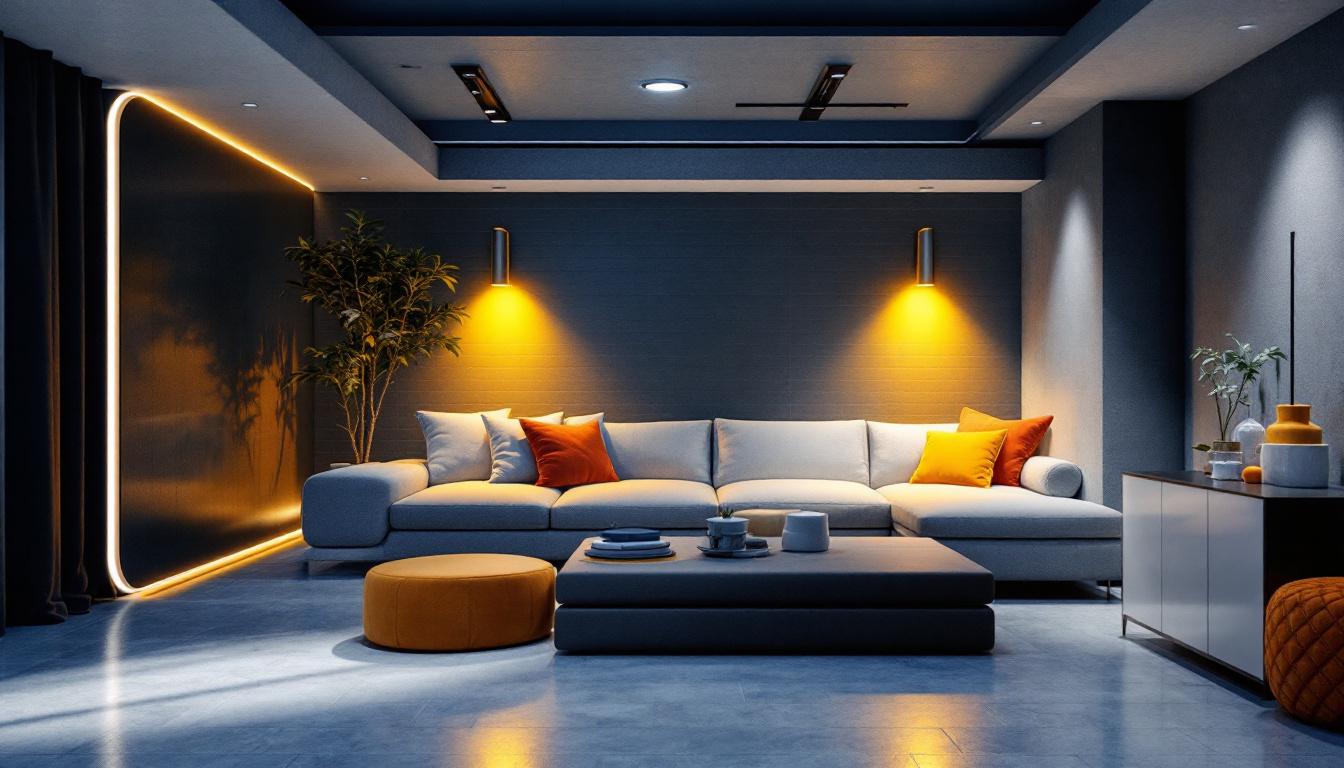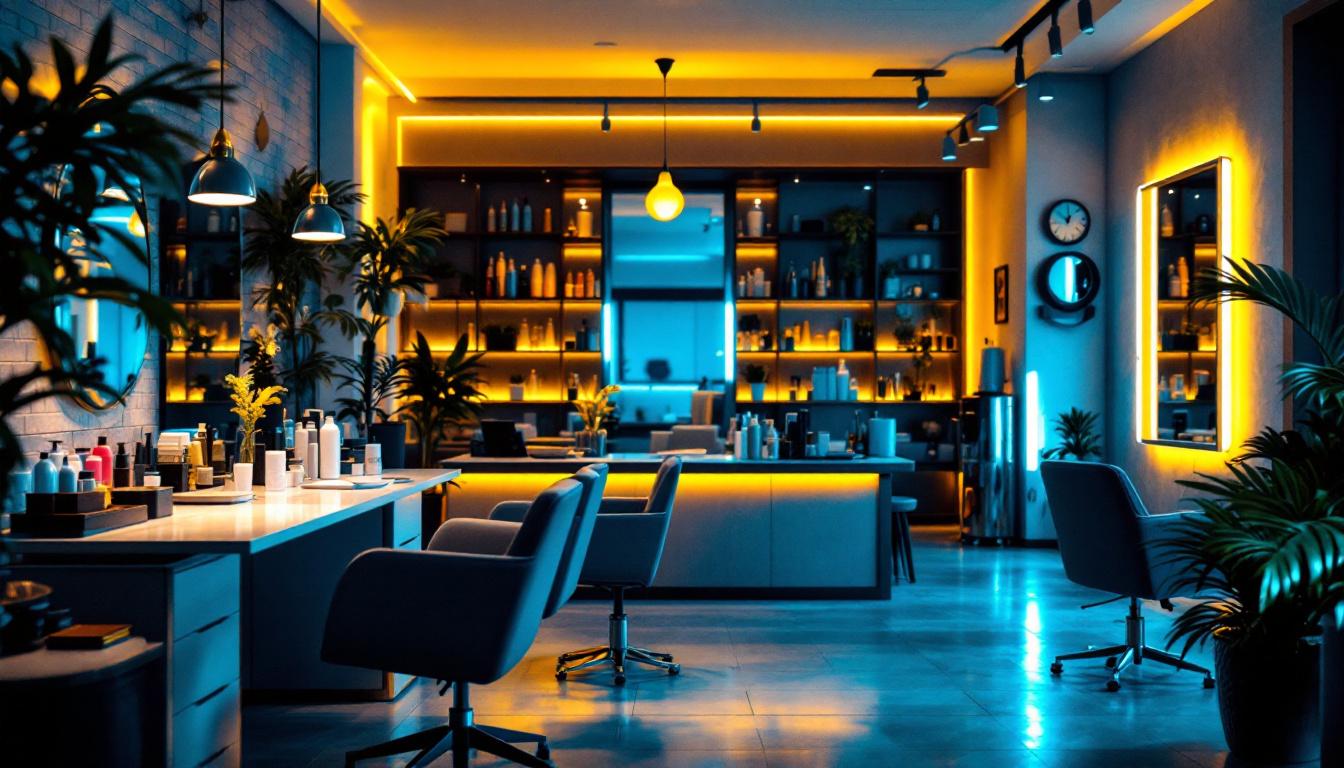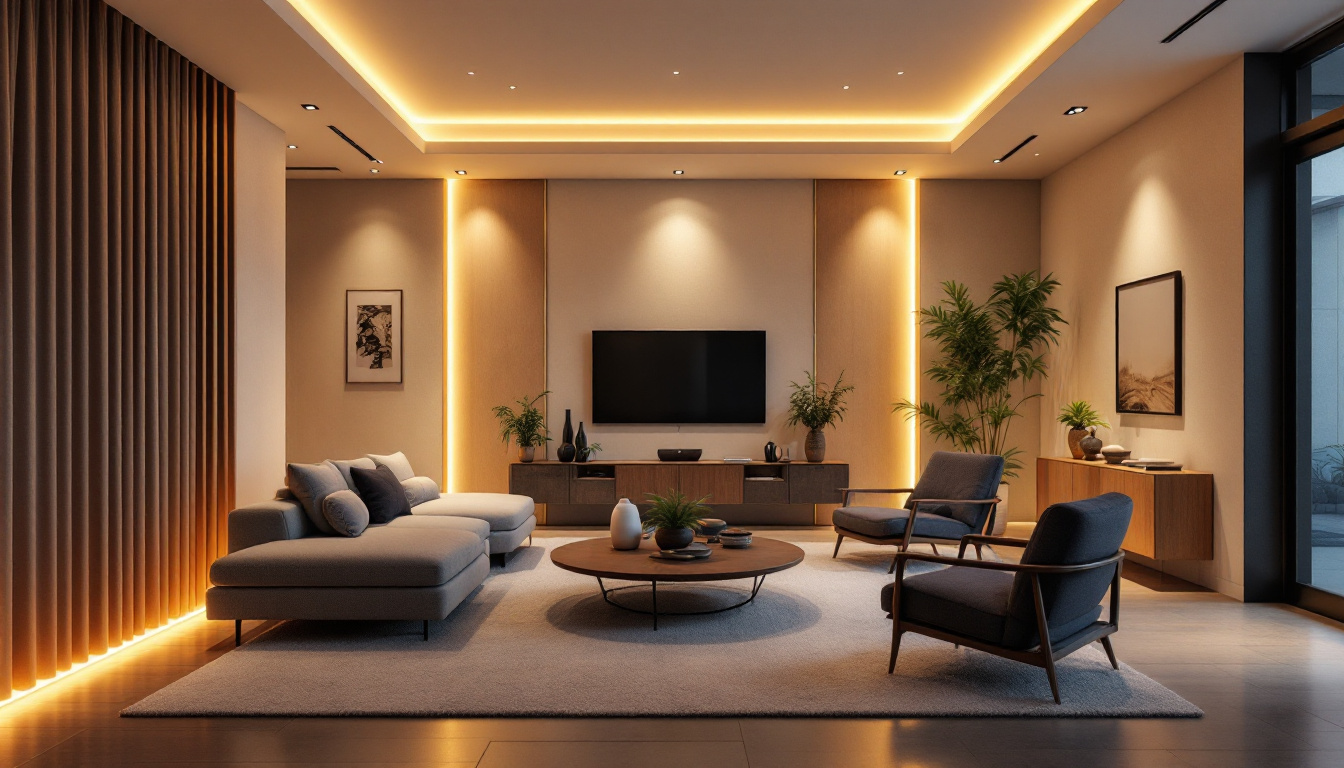
Canned light bulbs, commonly known as recessed lighting bulbs, have become a staple in both residential and commercial lighting projects. These bulbs are designed to fit into recessed fixtures, often referred to as “cans,” which are installed flush with ceilings. This design offers a sleek, unobtrusive lighting solution that enhances the aesthetic appeal of any space.
For lighting contractors, understanding the nuances of canned light bulbs is essential, as these fixtures are frequently specified for their clean look and versatility. The choice of bulb type—whether incandescent, halogen, CFL, or LED—significantly influences not only the lighting quality but also the energy consumption and overall efficiency of the installation.
One of the key advantages of canned light bulbs is their ability to provide ambient, task, or accent lighting depending on the design and placement. For instance, strategically placed recessed lights can create a warm, inviting atmosphere in living rooms or highlight artwork in galleries. Additionally, advancements in LED technology have allowed for more options in terms of color temperature and brightness, enabling homeowners and designers to customize their lighting schemes to suit their specific needs and preferences.
Moreover, the installation of canned lighting can also contribute to energy savings in the long run. With the shift towards energy-efficient bulbs, particularly LEDs, users can enjoy longer lifespans and reduced electricity bills. Many modern recessed fixtures are also designed to be compatible with smart home systems, allowing for further control over lighting settings through apps or voice commands. This integration not only enhances convenience but also promotes a more sustainable approach to home and commercial lighting.
Energy efficiency is a critical factor in lighting design, particularly as clients increasingly demand sustainable and cost-effective solutions. Canned light bulbs, due to their enclosed installation, present unique challenges and opportunities in this regard.
Traditional incandescent bulbs, once common in recessed fixtures, are notoriously inefficient, converting a large portion of energy into heat rather than light. This inefficiency not only drives up electricity bills but also contributes to increased cooling loads in buildings, further escalating energy costs.
Lighting contractors must consider the energy profile of the bulbs used in canned fixtures to optimize performance. Selecting energy-efficient bulbs reduces operational costs and aligns with growing regulatory standards aimed at reducing carbon footprints.
Canned light fixtures are often installed in insulated ceilings, which can trap heat generated by less efficient bulbs. Excessive heat buildup not only shortens bulb lifespan but also poses safety risks and reduces the overall efficiency of the lighting system.
Energy-efficient bulbs like LEDs emit significantly less heat, mitigating these issues. Their lower thermal output means less strain on insulation and HVAC systems, contributing to a more energy-efficient building envelope.
Moreover, the use of energy-efficient lighting can enhance the overall aesthetic and functionality of spaces. With advancements in technology, LED bulbs now come in various color temperatures and dimming capabilities, allowing for greater customization in lighting design. This flexibility enables designers to create inviting atmospheres tailored to specific activities, whether it’s a warm glow for a cozy living room or bright, cool light for a workspace. Additionally, the long lifespan of LEDs reduces the frequency of replacements, which not only saves money but also minimizes waste, aligning with sustainable practices.
Furthermore, the integration of smart lighting systems with canned fixtures can significantly enhance energy efficiency. These systems can be programmed to adjust brightness based on natural light levels or occupancy, ensuring that energy is not wasted in unoccupied spaces. By incorporating sensors and timers, lighting contractors can offer clients innovative solutions that further optimize energy use, making a compelling case for the transition to energy-efficient canned lighting options.
Lighting contractors have a variety of bulb technologies to choose from, each with distinct characteristics affecting energy efficiency and installation suitability.
Incandescent bulbs have historically been the default choice for recessed lighting due to their warm light quality and low upfront cost. However, their poor energy efficiency and short lifespan make them less viable in modern energy-conscious projects.
Halogen bulbs offer a slight improvement in efficiency and color rendering but still fall short compared to newer technologies. Their higher heat output also limits their use in certain recessed fixtures, especially those rated for insulation contact (IC-rated). Additionally, halogen bulbs can produce a glare that may not be suitable for all environments, particularly in spaces where soft, diffused lighting is preferred.
CFLs marked a significant step forward in energy efficiency, using approximately 70% less energy than incandescent bulbs. They have a longer lifespan and lower heat emission, making them a better fit for recessed lighting.
However, CFLs contain small amounts of mercury, requiring careful handling and disposal. Their warm-up time and light quality can also be less desirable in certain applications, which has led to a decline in their popularity. Furthermore, the flickering that can occur with some CFLs may be distracting in settings such as offices or homes, where consistent lighting is crucial for productivity and comfort.
LED technology has revolutionized canned lighting by offering superior energy efficiency, long lifespan, and excellent light quality. LEDs consume up to 80% less energy than incandescent bulbs and last significantly longer, reducing maintenance costs.
Moreover, LEDs are available in a wide range of color temperatures and dimming capabilities, providing flexibility for various lighting designs. Their minimal heat output makes them ideal for IC-rated recessed fixtures, enhancing safety and efficiency. In addition, the increasing availability of smart LED options allows for integration with home automation systems, enabling users to control lighting remotely or set schedules for energy savings. This adaptability not only enhances convenience but also supports sustainable living practices by allowing homeowners to optimize their energy usage based on their daily routines.
Energy efficiency in lighting is increasingly governed by stringent regulations and standards, which directly impact the selection of canned light bulbs in projects.
Building codes and energy standards often mandate the use of high-efficiency lighting solutions, particularly in new construction and major renovations. These regulations encourage or require the adoption of LED technology in recessed lighting to meet energy consumption targets.
For lighting contractors, staying informed about these evolving standards is crucial to ensure compliance and to provide clients with solutions that qualify for energy rebates and incentives. These programs can offset initial costs and make energy-efficient canned lighting more attractive.
Beyond energy efficiency, several practical factors influence the choice and installation of canned light bulbs.
Not all canned fixtures are compatible with every bulb type. Contractors must verify the fixture’s rating, size, and trim compatibility before selecting bulbs. For example, some older recessed cans may not accommodate the heat dissipation needs of certain bulbs or may require adapters for LED retrofit bulbs.
Retrofitting existing fixtures with LED bulbs can be a cost-effective way to improve energy efficiency without replacing the entire fixture. However, ensuring proper fit and electrical compatibility is essential to avoid performance issues.
Energy efficiency should not come at the expense of light quality. The color temperature, color rendering index (CRI), and beam angle of canned light bulbs affect ambiance and functionality.
Contractors must balance energy savings with client expectations for lighting aesthetics, especially in spaces like retail, hospitality, and residential areas where visual comfort is paramount.
LED canned light bulbs typically require less frequent replacement due to their extended lifespan, reducing labor costs and disruption. However, proper installation is critical to ensure optimal performance and longevity.
Using bulbs with integrated heat sinks and compatible dimmers enhances durability and user experience. Contractors should also educate clients on maintenance best practices to maximize the benefits of energy-efficient canned lighting.
Adopting energy-efficient canned light bulbs yields significant environmental benefits by reducing electricity consumption and associated greenhouse gas emissions. This aligns with broader sustainability goals and corporate social responsibility initiatives.
Economically, energy-efficient lighting reduces utility expenses over the lifespan of the bulbs. Although LEDs may have a higher upfront cost, their long-term savings and reduced maintenance often result in a lower total cost of ownership.
Lighting contractors who advocate for and implement energy-efficient canned lighting solutions position themselves as leaders in sustainable building practices, enhancing their reputation and marketability.
Emerging technologies continue to push the boundaries of energy efficiency in canned lighting. Innovations such as smart lighting controls, tunable white LEDs, and integration with building automation systems offer enhanced energy management and user customization.
As these technologies mature, lighting contractors will have more tools to optimize energy use while delivering superior lighting experiences. Staying abreast of these developments is essential for maintaining a competitive edge.
Canned light bulbs play a pivotal role in modern lighting design, offering both aesthetic appeal and functional versatility. For lighting contractors, understanding the impact of bulb choice on energy efficiency is critical to delivering value to clients and meeting regulatory demands.
Transitioning to LED technology in canned lighting fixtures not only enhances energy efficiency but also improves safety, reduces maintenance, and supports environmental sustainability. By carefully considering fixture compatibility, light quality, and installation practices, contractors can maximize the benefits of energy-efficient canned lighting solutions.
Ultimately, embracing energy-efficient canned light bulbs is a strategic decision that benefits clients, contractors, and the environment alike, paving the way for smarter, greener lighting projects.
Ready to elevate your lighting projects with energy-efficient solutions that combine quality, affordability, and convenience? Look no further than LumenWholesale. Our extensive selection of spec-grade lighting products is designed to meet the highest industry standards, ensuring you deliver exceptional value and performance to your clients. Say goodbye to inflated markups and enjoy unbeatable wholesale prices, free shipping, and the ease of bulk buying. Make the smart choice for your lighting needs and discover wholesale lighting at the best value today.

Discover the key advantages of motion outdoor lights for lighting contractors.

Discover how enhancing basement lighting can boost efficiency for lighting contractors.

Discover how modern lighting solutions can transform your hair salon into a vibrant and inviting space.

Discover expert tips and best practices for selecting and installing recessed LED lighting bulbs, straight from seasoned lighting contractors.